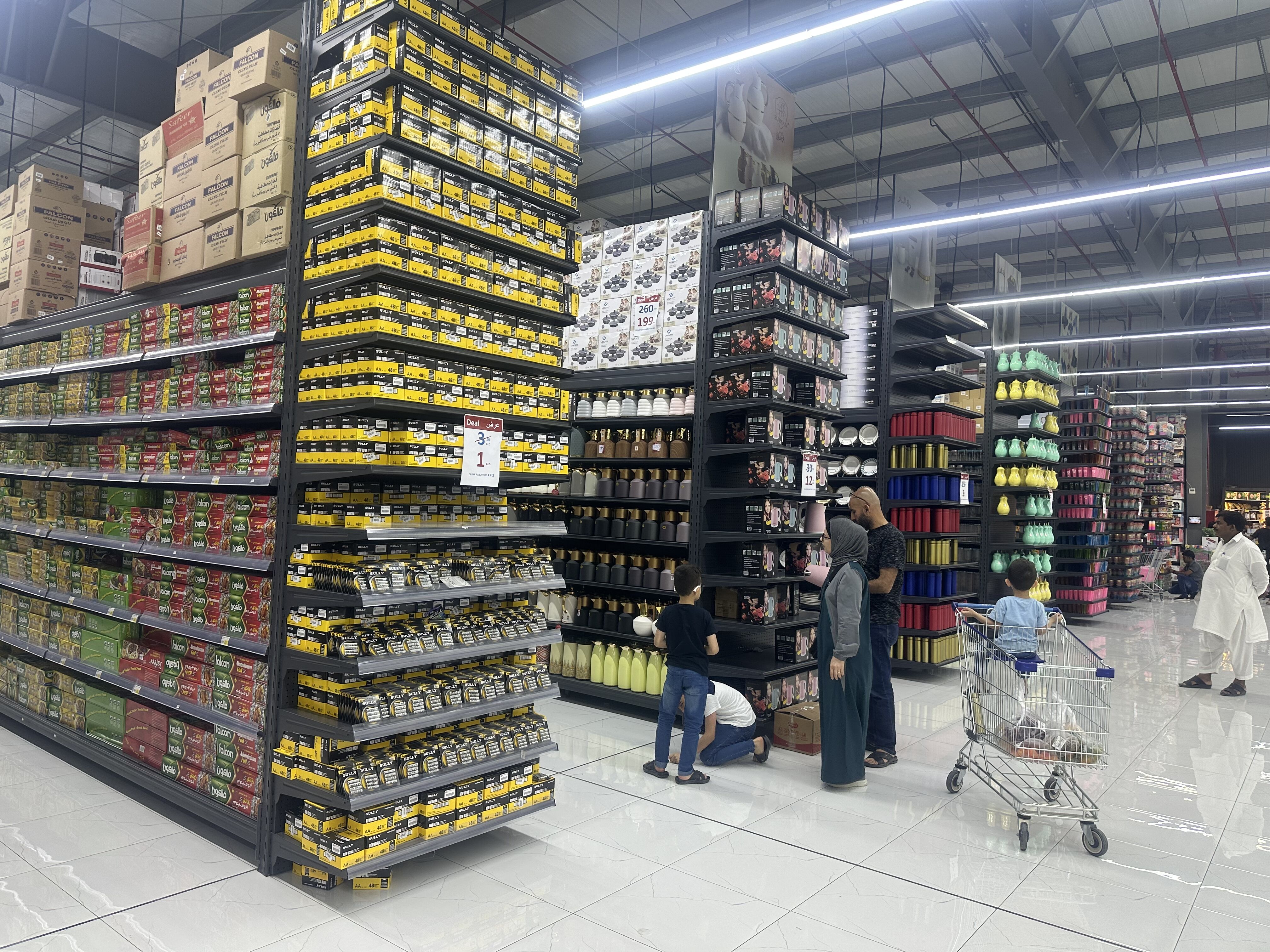different types of warehouse racking
Warehouse racking systems represent essential infrastructure in modern storage facilities, offering various solutions for efficient space utilization and inventory management. The main types include selective pallet racking, drive-in racking, push-back racking, and cantilever racking. Selective pallet racking, the most common type, provides direct access to all pallets and is ideal for warehouses with diverse SKUs. Drive-in racking maximizes storage density by allowing forklifts to drive directly into the rack structure, perfect for bulk storage of homogeneous products. Push-back racking operates on an inclined rail system, where pallets are pushed back by newer ones, offering high-density storage while maintaining good selectivity. Cantilever racking, designed for long or irregularly shaped items, features arms extending from central columns without front columns. Modern warehouse racking systems often incorporate advanced safety features such as impact protection, load indicators, and seismic ratings. The technological integration includes rack-mounted sensors for inventory tracking, temperature monitoring, and automated picking systems. These systems can be customized based on factors like product characteristics, handling equipment, and warehouse dimensions.
